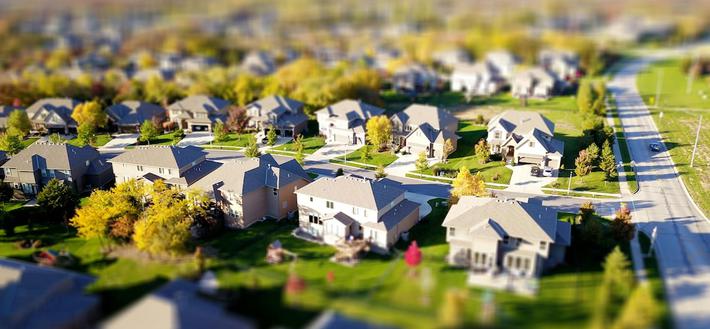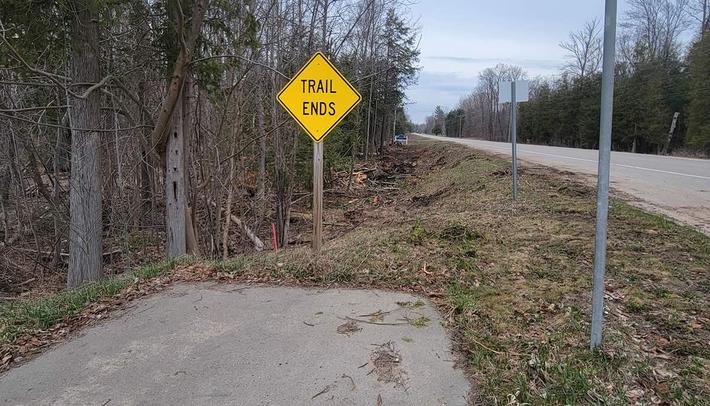
How to Keep Four of America’s Most Common Resolutions
Experts weigh in on exercising, eating better, saving money, and making time for family and friends
By Ross Boissoneau | Dec. 23, 2023
It’s far and away the number one New Year’s resolution: To get healthy.
But health has many facets. Exercising more. Eating better. Taking care of the body and mind. Even watching spending, leading to better financial health.
So how can you start the New Year off with a bang and then keep the momentum going? We talked to some of the experts around the region to provide a basis for how to roll through 2024, creating a better, more vibrant you.
Resolution 1: Exercise More
January sees the greatest increase in new members at health clubs—an average of 12 percent, some as much as 30 to 50 percent—according to the International Health, Racquet and Sportsclub Association (IHRSA). Yet U.S. News and World Report says 80 percent of those who resolve to improve their health have fallen off that particular wagon by February, and IHRSA says most gyms lose 50 percent of their new members within six months.
Bob Reddick, the membership marketing director at the Cadillac YMCA, says he believes it’s a combination of several factors, from setting unreasonable goals to simply being intimidated by unfamiliar equipment and people who are assumed to be more knowledgeable and in better shape.
He says it is important to have reasonable goals, but they need to be suitable to the individual, both long-term and short-term. For someone who wants to lose 50 pounds, “start with ‘I need to lose five pounds.’ Set small, attainable goals.”
As for the intimidation factor, Reddick says getting familiar with the treadmills, weights, rowing machines, and the like is easier than many think. Those scary people around you were once new as well and are often happy to help. The Y even offers a 90-day wellness journey, starting with an equipment orientation and follow-up every 30 days.
Reddick says it is also important for people to not feel they are being selfish by taking time to exercise and get healthy. “They have to show up for themselves,” he says, and taking care of their own health will allow them to be available for others.
Ultimately commitment is up to the individual. “The motivation has got to come from inside,” Reddick says. “It’s hard work. If it was easy, everybody would do it.”
Resolution 2: Eat Better
Paula Martin, Community Nutrition Specialist at Groundwork Center for Resilient Communities, promotes the idea of food as medicine. It’s not a new concept; “Let food be thy medicine” is a quote attributed to Hippocrates some 400 years BCE. Martin says that concept holds true today, perhaps even more so as life has become faster-paced, leading to people eating highly-processed foods because everyone is on the go.
If modern society has exacerbated the diet problem, it also has provided some means to help meet the challenges. Martin says there are many tech tools to help people track what they’re eating and what nutritional gaps that might leave. “Be aware of where the gaps are,” she says.
It’s no surprise that Americans don’t eat enough fruits and especially vegetables. “It’s abysmal,” she says of the lack of the latter. Whole grains, nuts, and the right proteins are all important, too. “Add high-value, high-density foods—legumes, nuts, and seeds have omega fatty acids,” she says.
As for beverages, Martin says the only ones with nutritional content are milk and milk substitutes. Others, including those containing alcohol, sugar, or caffeine, don’t offer anything in the way of nutrition, and she says your brain doesn’t even realize you’ve had anything. “You need water, but you get a lot from fruits and vegetables,” she adds.
Speaking of veggies, farm-to-table dining and eating local are not just catch phrases but rules to live by. Martin points out that foods grown locally are fresher and don’t need the processing that those from distant areas do. “Our regional food sheds mirror historic tribal [ones]. There’s the Great Lakes region, Eastern Seaboard, Midwest, West Coast. Eat as local as possible.” So supporting local farmers is healthy for the body as well as the environment and the local economy.
Martin also believes paying attention to when you eat is nearly as important as what you eat. “Our metabolic rate follows the sun. It peaks midday,” she says. So she advocates getting 75 percent of your nutritional needs before the last meal of the day. That will improve digestion, mitigating unpleasant side effects such as heartburn, gastric reflux, and ultimately weight gain.
Resolution 3: Save More
Investopedia says there are many dimensions to financial health, including your savings account and how much income is being spent on fixed or non-discretionary expenses. Nerdwallet similarly describes financial health as the ability to handle financial stressors like unexpected bills or job loss. Stress has been shown to negatively impact health, and financial worries are one of the biggest stress points. So saving money isn’t just a good idea—it can actually help improve your health.
Anthony Palumbo, Community Bank President of the Traverse City market and chief credit officer at First Community Bank of Harbor Springs, says one strategy of saving money is to enlist the aid of your employer. “I’m a big fan of having money taken out before it hits your checking account. A lot of employers will do that,” he says, explaining that you can direct a percentage of your paycheck directly into savings.
He says if you’re not relying on that money to pay bills or for discretionary spending, it can add up quickly…as long as you don’t pay attention to it. “Concentrate on ignoring it,” he says.
Ignore what you know is there? He goes on to say it’s possible, especially with some help. “I’ll take it one step further. Ask your bank to not put it on your interest-bearing statement. The bank has the ability to not show it. Trick yourself.” Out of sight, out of mind.
Another suggestion is to look long-term. “If you work for a company with a 401(k) and you get a raise, if you don’t need it to live on, increase your contribution to the 401(k). That is an easy way to do it.”
If those suggestions don’t fit your circumstances, Palumbo says the most basic and tried-and-true strategy will always help. “Curtail spending. It goes without saying [it’s] the other way to save.”
Last, he says paying attention to the financial markets can offer timely ideas as well. “Pay attention to interest rates on loans,” he says. While rates are currently higher than they have been in years, if and when they decline, it may be advantageous to refinance.
Perhaps the overriding factor for all these savings strategies is the reason behind them. “It’s always good to have a goal,” Palumbo says. “Buy a couch, take a trip, get a gym membership. That always makes it easier. A specific goal always helps.”
Resolution 4: Spend More Time with Family and Friends
In his book The Blue Zones, author and National Geographic researcher Dan Buettner focuses not only on the diets of those areas where significant numbers of people are living longer, but he also notes the importance of their social connections.
Buettner visits cities in Italy, Greece, Japan, Costa Rica, and California to see how “super-agers” increase their quality and length of life. Community—family, friends, and neighbors—always pops up as a core element of these long-lived folks’ success.
Dr. Allyson Leverich of Mirrored Waters Counseling in Charlevoix believes those community interactions play a pivotal role in people’s mental health. “Get outside of your thoughts. Be mindful, be aware of the environment and people, what’s around you,” she says.
While we can’t all move to Sicily, we can make some changes right away. Those families that sit at the dinner table scrolling through their phones or watching television can benefit from removing those screens. Leverich suggests having a basket in the entry where phones and tablets can be left, turning off the television during dinner, and even having a family game night.
It’s not just electronics. “Parents’ work can get in the way of connecting with kids. Work becomes their identity, and it’s live to work instead of work to live. The same applies [to those] without kids. Connect with your partner,” she says.
Leverich says connecting with the greater community is also beneficial, for kids and adults alike. “Social connections are so important. Volunteering can help people who want to connect with others. Giving back is good,” she says. “You learn your life isn’t what life is all about. It makes you more accepting. And you learn more about yourself—what you do and don’t like.”
Trending

Walking in an Artsy Wonderland
Michigan Legacy Art Park is hosting the “Raindrops” artwork created by Dewey Blocksma and Patricia Innis at th... Read More >>
Seven Takeaways from Local Real Estate Agents for the Spring/Summer Market
The last few years in local real estate have been akin to what one local agent described as the “wild west,” w... Read More >>
Blazing the Boyne City to Charlevoix Trail
We’re getting ever closer to an interconnected northern Michigan thanks to ongoing work on the Boyne City to Charlev... Read More >>


